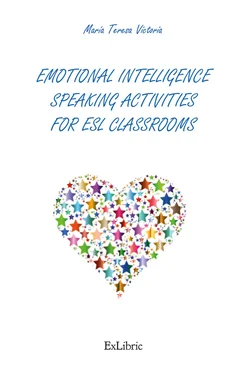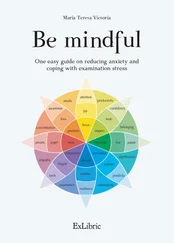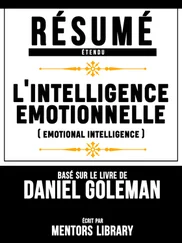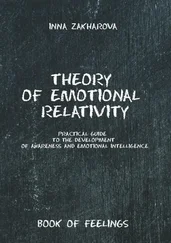There are many resources and tools we can have at our disposal nowadays to improve our work as professionals but not so many, though, to improve personal competences. Namely the acquisition of emotional skills or an attitude of acceptance, trust or patience, which the practice of Mindfulness can develop.
This book can be a great resource to enrich the curriculum by adding to the most academic classes a breath of fresh air and gain momentum reminding ourselves of what first motivated us to devote our lives to Educational purposes. The varied proposals in this manuscript can be a great starting point to close bond with our students and provide tools that they might need in their day-to-day life.
Especially we would like to remind students that together with the acquisition of knowledge there are very fundamental things in life such as to raise awareness of our own interests whilst we recognise and defend also the interests of those who surround us.
Professor Oliver Jiménez. Psychologist.
(Málaga, Spain)
Introduction
After thirty years experience as an English teacher I am delighted to share with colleagues from all over the world these 40 group dynamics that have worked well during the days I have had the pleasure of working with ESL students. I truly hope the activities are found useful to complement your lesson plans (resource material can be downloaded from www.mindfulenglish.net).
There is a last set of activities which are kept separately as they were created to suit lockdown lessons during the coronavirus pandemic. These activities are the most special as when I look back I seem to remember my students expressions of worry and concern about the times we were living. My whole intention at waking up every morning was to generate as much connection as possible with them through the videoconference rooms, stay connected and try and forget for two hours that we actually were locked in at home for the rest of the day, week, month… I do remember putting all our heart and efforts into it.
The activities do not follow any other than an alphabetical order. They are not organised by topic, level or skill. I do not normally put lesson plans in a box but rather try and be creative and open, have an outline of what I would like to do and how, then get the feeling of the students in the classroom and decide from there.
Most activities can possibly be adapted to different levels or may inspire you to originally recreate your own for your groups.
Ei FOR ESL CLASSROOMS
1. All ears

“It is a huge welcoming gesture of kindness and hospitality to sit and listen”
For a speaking activity to work well a good “active” Listener is required. Take, for instance, group discussions, trialogues or dialogues. It is the case that sometimes the person you are talking to is, as a matter of fact, not listening. Therefore you cannot expect to get engaged in a conversation then, or follow instructions, receive the right answer to your question or the appropriate comment to your statements.
Closing up our Masters studies at the University of Málaga [February 2019] the importance of opening up conversation in silence to just listen to your partner was pointed out to all participants. As professor Jose María Doria put it himself “It is a huge welcoming gesture of kindness and hospitality to sit and listen”. The Emotional Intelligence group dynamics suggested then were to sit quietly for five minutes in small groups of three and pay full attention to your partner. The instructions were to Listen only and not Think of what to say next. Just stay there in silence and observe and welcome their words.
For five minutes one, then the other, then yourself. The experience was phenomenal as we realised how much one misses in conversation when not paying full attention. It shows a conversation can actually flow naturally when you engage into it, connect and respond instead of reacting or over reacting.
My invitation is to practice this exercise first before delivering dialogues to begin with, then trialogues. Once the procedure is understood move finally on to group discussions.
A student who listens carefully and actively is fully prepared to engage in conversation and put into practice all the knowledge obtained by experience or study over the years. As teachers we are accountable for teaching this to our students and for offering encouragement and support so they can achieve their best performance.
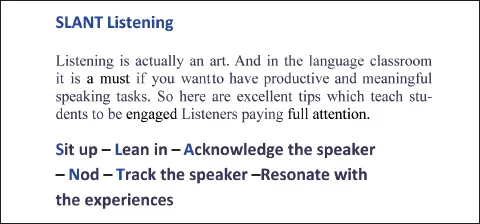
2. Absolute beginners
An ESL teacher for absolute beginners with an emotional intelligence approach will hopefully find this ice-breaker useful when preparing in-class activities for their newly grouped students.
I was wondering what to do in English language with pupils who have not studied English before, how and where to begin if you are not happy with the line “Unit One, page one, exercise one” … when I came up with this suggestion: pick up some good vocabulary activity that is easy and anyone can just enjoy by very simply Listening and Repeating words!

COLOURS - SHAPES - NUMBERS - LETTERS
So after the typical “Introductions” when everyone knows each other’s name, you can ask your group to sit in fours to the count of “One, Two, Three, Four”. All “one’s” will sit together, all “two’s” and so on. Then play the three songs that follow and experience, like explained in the article “ Emotional responses to music” [ www.mindfulenglish.net] how in fact “music can actually evoke emotions” and in this first session “get people together” as well.

Each group of four, listens to the three YouTube video songs projected on screen. Allow time for them to give opinions on which one they liked best and why. What is their choice of music when they are in the car or at home, etc. Let them talk as much as they like, considering it is their first day at school. Then they can try and determine what is the common factor in them.
The answer is they all are colour-related songs: the first one sung by the artist Pink, the second one displaying an array of colours of the rainbow, the third one with naming the colour in it.
When you think it is appropriate project the Vocabulary Sheet for Colours and hand out coloured pieces of paper at random. Ask the students to Listen and Repeat to the correct pronunciation of The colours of the rainbow. Try to remember how to pronounce their coloured piece of paper. Then write on their piece of paper their name, number and colour. Like this: Peter – two – blue. Finally ask them to tell the other students in their group what their name is, which number group they belong to, and what colour their piece of paper is, for instance, “My name is Peter. I am number Two. I am blue”. At the end of the lesson they can pin up their papers on the noticeboard as a memento of their first day at school.
IF YOU HAVE TIME:
You can hand out shaped pieces of colour paper as an add-on piece of vocabulary, as follows, my name is Peter, my number is two, I am a blue triangle.
FOR LONGER SESSIONS:
Читать дальше
